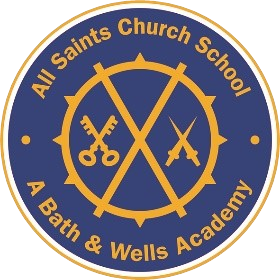Class 3

Dear Parents, Carers, and Children;
I hope you have enjoyed your summer holiday and have managed to have a restful break. We so looking forward to working with Class 3 this year- there is so much exciting content to experience in Year 3!
Please find below an outline of our topic, and how the curriculum areas fit together.
Routines in Class 3:
- PE will be on Monday and Thursday; however please keep PE kits at school throughout the week (kits could come home at weekends for washing if needed)
- Homework will be set on a Wednesday and due in the following Monday, unless stated the time is longer (such as for creative homework, normally 2-3 weeks)
- Spelling homework will consist of an investigation or activity instead of a list of words to learn
- Children will be expected to read and record their reading at least 4 times a week
- Reading logs will be checked on a Monday
Notes
- Please keep wellies at school if you would like to wear them on wetter or muddier days, as we will go outside no matter the weather
- Please have a waterproof coat at school throughout the Autumn and Spring Terms
- If you forget your reading record, still record your dated efforts on loose paper and we will affix it at school
Finally, please always remember our door is open if you have any concerns or questions.
The Class 3 team are looking forward to a fun and exciting year working with your children,
Best wishes
Mrs O’Donnell and Mrs Roberts
